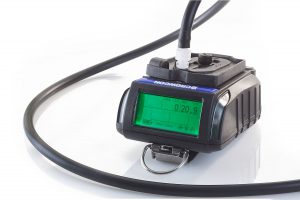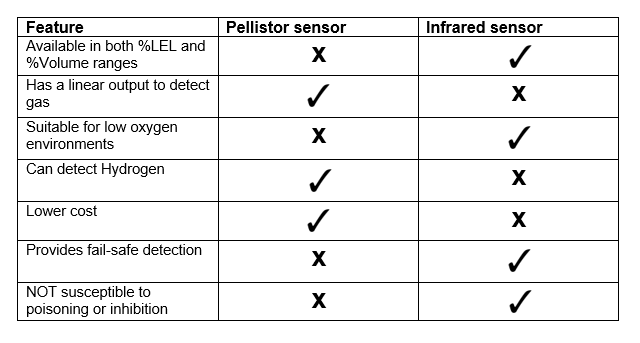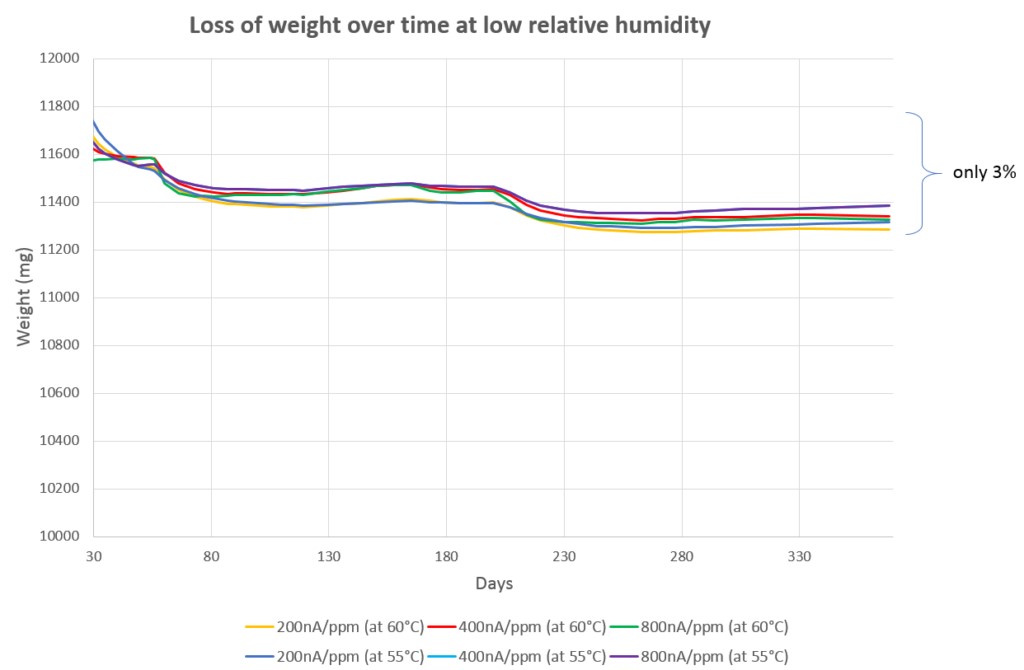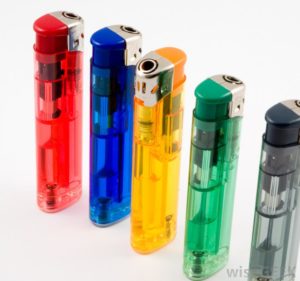In a perfect world, gas detector sensors would identify, isolate and measure specific gases and give precise readings for each gas in any context. Unfortunately, technology allows us to come close to that but not to achieve it completely. That is why, when dealing with electrochemical toxic sensors, we have the challenge of cross-sensitivities, sometimes known as ‘interfering gasses’.
Gas detectors generally detect a specified gas and give an alarm and/or reading in proportion to the level present. Cross-sensitivity occurs when a gas other than the gas being monitored/detected can affect the reading given by an electrochemical sensor. This causes the electrode within the sensor to react even if the target gas is not actually present, or it causes an otherwise inaccurate reading and/or alarm for that gas. Obviously, this puts the person using the sensor at risk.
Inaccuracies caused by cross-sensitivity
![]() Cross-sensitivity may cause several types of inaccurate reading in electrochemical gas detectors. These can be positive (indicating the presence of a gas even though it isn’t actually there, or indicating a level of that gas above its true value), negative (a reduced response to the target gas, suggesting that it is absent when it is actually present, or a reading that suggests there is a lower concentration of the target gas than there is), or the interfering gas can cause inhibition.
Cross-sensitivity may cause several types of inaccurate reading in electrochemical gas detectors. These can be positive (indicating the presence of a gas even though it isn’t actually there, or indicating a level of that gas above its true value), negative (a reduced response to the target gas, suggesting that it is absent when it is actually present, or a reading that suggests there is a lower concentration of the target gas than there is), or the interfering gas can cause inhibition.
Inhibition occurs when the sensor simply fails to register the target gas when it is exposed to the target gas and the inhibitor together, or the inhibitor causes the sensor to stop registering the target gas for some time (which may be hours or even days) after exposure to the inhibitor.
Here are some examples of each error type:
- Positive response error: a CO sensor has a positive response to H2 at a rate of 60%. Thus, when the sensor detecting CO sees 200ppm of H2 it indicates 60% of 200ppm (around 120ppm).
- Negative response error: an SO2 sensor has a –120% response to NO2. So, if it sees 5ppm of NO2 at the same time as 5ppm of SO2, the reading is reduced by 6ppm, which (depending on the type of sensor involved) gives a 0ppm reading or negative value.
- Inhibition: SO2 sensors may be inhibited by NH3, and take many hours to recover and respond to SO2
All of these errors can have adverse effects. Clearly, danger arises when toxic gas is present and the sensor does not read correctly. But even when cross-sensitivity causes an over-reading or false positive, time and resources can be wasted by needless evacuations, ventilation and other unscheduled downtime.
Some manufacturers publish cross-sensitivity data and charts, and these can give some indication of how cross-sensitivities may influence readings in those products. However, it is important not to rely on these too heavily: there can be huge differences between electrochemical sensors, manufacturers may change their sensor designs and specifications at short notice, and scientific understanding is constantly evolving. So, it is a good idea to maintain dialogue with the manufacturer’s technical support team, who will be aware of the latest information and best placed to advise on a particular sensor. It is also sensible to ensure that any staff involved in gas detection are aware of the nature of cross-sensitivity and interference, and alert to its likely effects.






 In traditional H2S sensors, detection is based on electrochemical technology, where electrodes are used to detect changes induced in an electrolyte by the presence of the target gas. However, high temperatures combined with low humidity causes the electrolyte to dry out, impairing sensor performance so that the sensor has to be replaced regularly; meaning high replacement costs, time and efforts.
In traditional H2S sensors, detection is based on electrochemical technology, where electrodes are used to detect changes induced in an electrolyte by the presence of the target gas. However, high temperatures combined with low humidity causes the electrolyte to dry out, impairing sensor performance so that the sensor has to be replaced regularly; meaning high replacement costs, time and efforts.

 You might have heard the term ‘shelf life’ and ‘operational life’ before in reference to electrochemical sensors. They’re the type of terms that lots of people know, but not everybody knows the finer details of what they mean.
You might have heard the term ‘shelf life’ and ‘operational life’ before in reference to electrochemical sensors. They’re the type of terms that lots of people know, but not everybody knows the finer details of what they mean.
